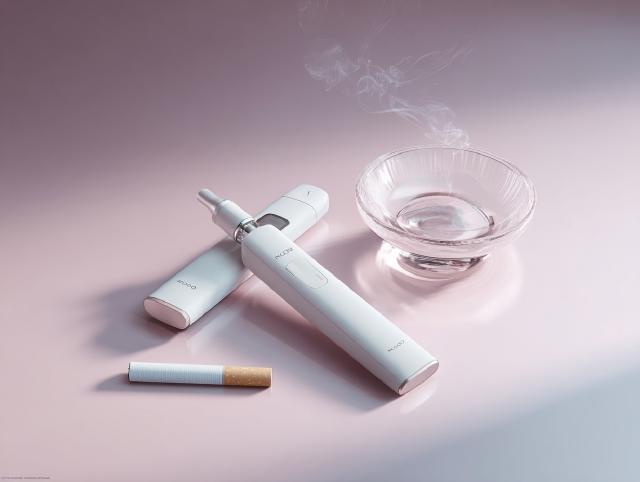Why E-Cigarettes and IQOS Won’t Free You from Addiction

Introduction: the myth of “safer smoking”
When e-cigarettes and devices like IQOS appeared, many smokers sighed with relief:
“Finally, a safe alternative! I can smoke without harm.”
Ads promised fewer toxins, no smoke, and a “clean way” to keep the habit. But the truth is, this is an illusion of freedom.
The addiction stays — and sometimes gets even stronger.
📌 According to the WHO, no nicotine device is safe.
The illusion of a “safe choice”
Companies push the idea: no smoke, no tar, so it must be fine. Reality tells another story.
Why it’s misleading:
- Nicotine is still present in full strength.
- Dependence remains just as strong.
- Chemical compounds differ from tobacco tar but are not harmless.
📌 Even if some toxins are reduced, that doesn’t make vapes or IQOS harmless.
Mini-story
Michael switched to IQOS, thinking it would be healthier. At first, he was glad: no cough, no smell. But soon he noticed he was using it constantly — while driving, in the kitchen, even in bed. His dependence didn’t decrease — it grew.
Nicotine remains → addiction doesn’t leave
The key reason vapes and IQOS don’t solve the problem: nicotine is still the same addictive drug.
What this means in practice:
- The brain keeps demanding its dose.
- The body continues running on dependency.
- Smoking rituals remain part of daily life.
Result: someone thinks they’ve “quit cigarettes,” but they’ve only changed the format.
👉 See more on psychological traps in Smoking Myths: “Cigarettes Help Relax” and Others.
Long-term risks: known and hidden
Vapes and IQOS are too new to fully understand long-term effects. But worrying evidence already exists:
- Increased cardiovascular risk,
- Inflammatory processes in airways,
- Higher dependence: devices can be used “anytime, anywhere,” raising consumption.
📌 The biggest danger is the illusion of safety. It relaxes people into staying dependent instead of moving toward freedom.
Mini-story
Anna bought a vape “to make quitting easier.” But within six months, she noticed she reached for it every 10–15 minutes. Before, she smoked 15 cigarettes a day; now she was getting nicotine almost constantly.
According to the CDC and NHS, there’s no evidence that vapes are safe long term, and nicotine remains powerfully addictive.
Why this isn’t a solution
- Switching from cigarettes to IQOS or vapes ≠ freedom.
- Nicotine still controls the brain, mood, and behavior.
- Long-term consequences remain uncertain.
📌 If the goal is health and energy without cigarettes, e-cigarettes and IQOS won’t get you there. They may serve as a temporary replacement, but not as a path to freedom.
👉 For real tools that help, see Nicotine Replacement Therapy: Patches, Gum, and Tablets.
The financial trap
Many switch to vaping thinking it will save money. In practice, it often costs the same or more:
pods, liquids, and accessories are expensive, and people tend to use them more often.
If a pack costs $4 a day, that’s $120 a month. With vapes, expenses are often similar or higher.
Instead of saving, a person keeps the same addiction — plus extra spending.
Conclusion: freedom comes from quitting, not replacing
IQOS and e-cigarettes create an illusion of progress. Less smoke, less smell — but the nicotine addiction stays.
📌 True freedom begins only when you stop feeding the brain nicotine.
And you can do this gently and gradually with a clear step-by-step plan.
Want to escape the trap for real?
In my PDF guide you’ll find:
- why replacing cigarettes doesn’t solve the problem,
- a step-by-step system to break free,
- techniques that help eliminate nicotine completely and regain energy and stamina without cigarettes.
🚀 Ready to quit smoking?
The SmokingBye PDF is a gentle, step-by-step way out: gradual nicotine reduction with no stress and no relapses.


